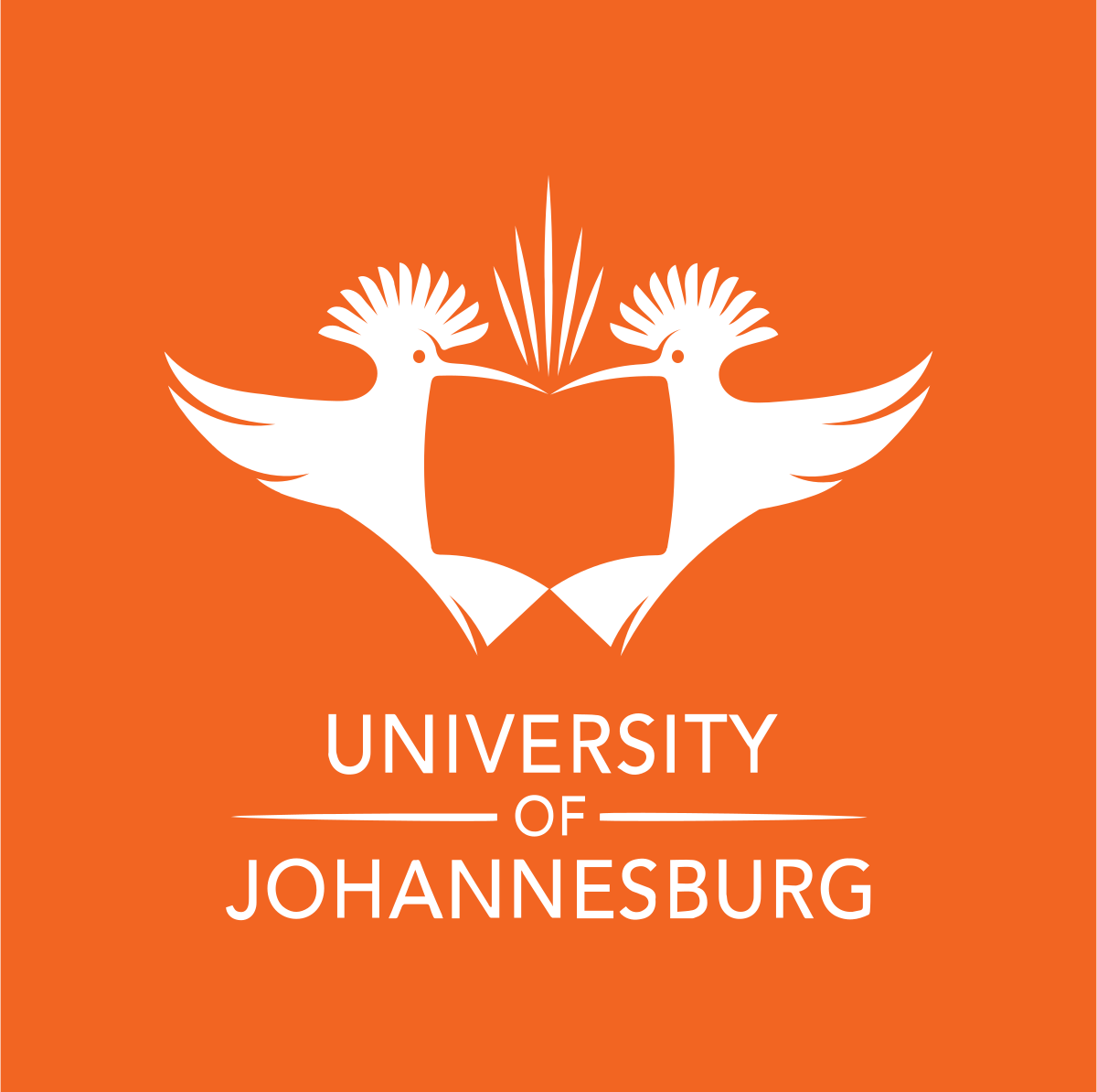University of Johannesburg: UJ’s Prof Penny Govender explores Computational Chemistry as a greener alternative to traditional methods
Currently, South Africa and the world at large is faced with many challenges from the depletion of natural resources, a rise in dreaded diseases, food shortages and so much more. Penny Govender, a professor in Chemical Sciences at the University of Johannesburg (UJ), argues that Computational Chemistry is beneficial on many levels and helps to promote greener chemistry, saves on chemical cost and time, and attempts to solve problems that involves dangerous elements (which can’t be done in a lab).
Abstract of the Professorial Inaugural address of Penny Govender
In the age of the 4th Industrial Revolution, the field of computational chemistry finds its place quite easily. This particular area of science makes use of computer simulations to find solutions to both old and new challenges, case in point, the current Covid-19 pandemic. Prof Govender says because of this mode of research, scientists are able to deliver vaccines within a year that can help to curb the intensity of the spread of the virus.
Prof Govender delivered her inaugural address in the Ubuntu Chambers, Madibeng Building, Auckland Park Kingsway Campus on Tuesday, 26 October 2021.
Prof Govender’s address focused on the use of Density Functional Theory (DFT) calculations in an attempt to find more information and try to work towards solving some of these issues. Her research adds value to current knowledge and can be used to make inroads in the experimental laboratory. The theme was entitled “Computational Chemistry – the alternative to chemistry in a laboratory”.
“As the world and South Africa is facing challenges in both the water and energy sector- We are using computational methods to try and address some of the challenges and help improve on the availability of water (a basic human need) and to increase the supply of energy which because the lack thereof we continue to experience days of load shedding.”
“Although water is abundantly available, not all of it is fit for human consumption therefore our focus is to look into waste water treatment and design suitable and economically viable materials that can easily assist in waste water treatment especially in poverty stricken areas”, said Prof Govender.
Prof Govender suggested that it is very important to design a smart material that can work in the visible range so that degradation of pollutants may be initiated and broken down into harmless chemicals. Therefore her research group places emphasis on the design of photocatalytic materials in order to assist with this process of decontaminating waste waters.
“One such pollutant contaminating water sources are organic dyes. The devastating effects of toxic organic dyes on human health and the environment have necessitated the need to devise holistic techniques for their effective removal of pollutants from water. Although semiconductor photocatalysis is deemed as a holistic method for eradication of dye pollutants from water, the technology is hindered by some inherent problems. These problems include their ultraviolet light activity instead of visible light due to their wide band gap, and the fast recombination rate of the photogenerated holes and electrons,” explained Prof Govender.
She added that on the other hand her team has also looked into how they can explore areas of energy such as Thermoelectrics (TE). “This is becoming an extremely important area of research as its one way in which we can maintain a sustainable form of energy for the future. Thermoelectrics can be defined as the conversion of heat energy into electrical energy. There is indeed a lot of wasted heat energy from social activities and current methods that make use of mechanically driven processes thus thermoelectrics is one such way to harness this energy for reuse.”

